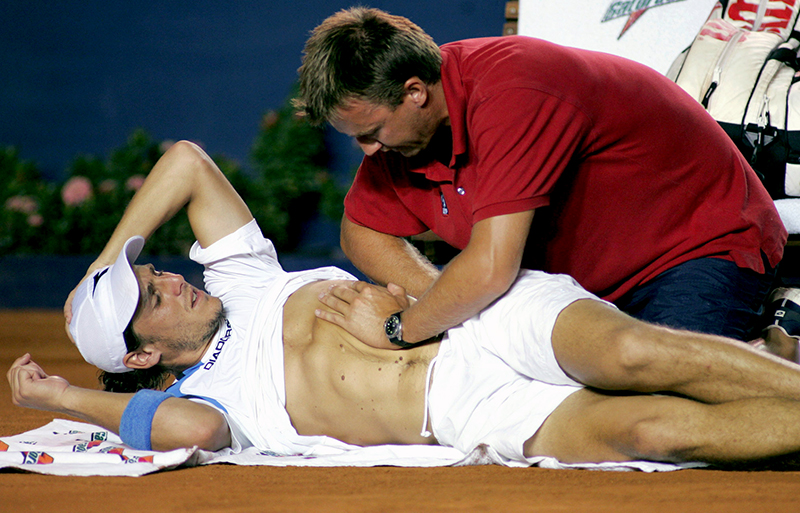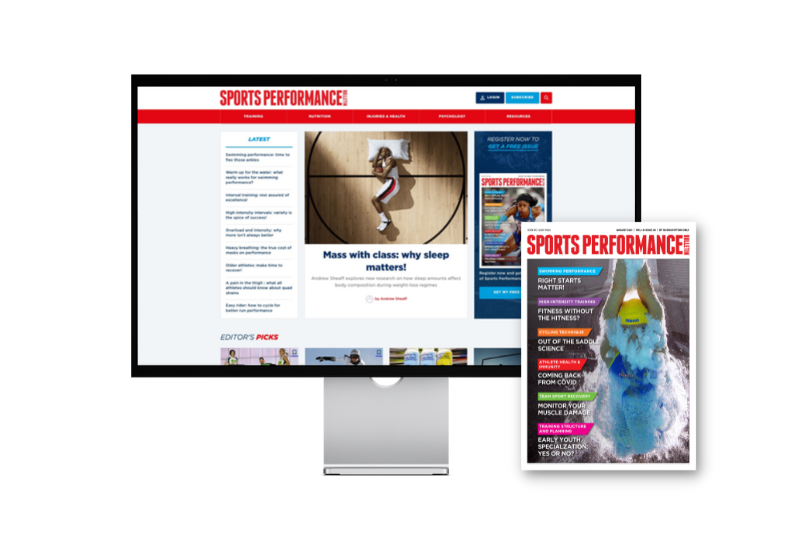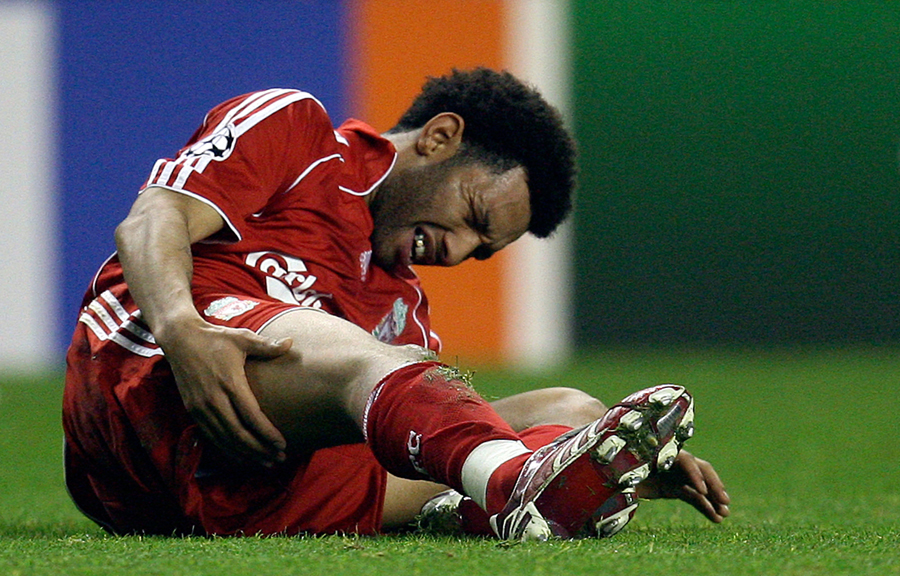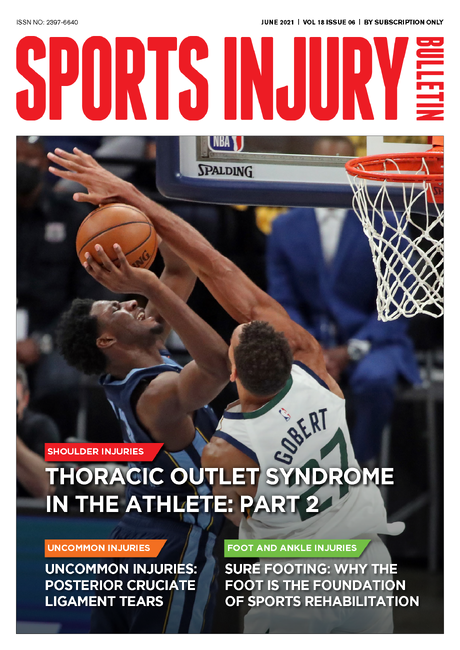Slipping rib syndrome: a pain in the upper back

Although there’s an abundance of research on lumbar (back) and cervical (neck) pain and dysfunction, there’s a relative paucity of research relating to the thoracic (mid and upper back) region(1) This is partly due to the overall rigidity of the spine as it passes through the thoracic structure, which reduces the likelihood of injury compared to freely-moving joints undergoing a variety of loading forces. However, while the thoracic structures lack the mobility of many other joint systems in the human body, some movement is required, bringing into play a number of rib joints known as ‘costovertebral’ joints and their associated ligaments that hold them in place.
The thoracic region can move!
The thorax is comprised of a number of rigid structures, including the ribs, sternum (chest bone) and thoracic vertebrae of the spine. However, the intervertebral discs of the spine and the costal (rib joint) cartilages do enable some joint movement in the thoracic region. This movement includes(2):
· Flexion-extension (forwards/backwards motion) – ranging from 4o at T1 (just below the neck) to 12o degrees at T12 (just above the lumbar region).
· Lateral (side-to-side) movement – this typically allows 6-7o per vertebral segment.
· Rotation – ranging from 9o at T1 to 2o at T12.
Although each individual vertebra joint motion is small, the overall result is that the costovertebral joints and ligaments combine to play a critical role in the movement required not only during the ribcage efforts and movement when breathing, but also in allowing thoracic mobility, while at the same time facilitating load bearing and stabilization(3).
The rib-vertebrae interaction
The rib-vertebra-sternum interface is critical for correct thoracic function; it needs to be rigid enough for load bearing (to protect the lungs) and stabilisation but mobile enough to allow necessary movement. Critical to this function are the costovertebral joints and their associated ligaments (see figure 1). These joints and ligaments are poorly understood and frequently overlooked anatomical structures(4), despite their abundance in the human thoracic spine (there are 108). The costovertebral ligaments are dense, fibrous ligaments, containing a large amount of elastic fibres. These fibers are able to stretch with movement in one direction yet shorten with movement in the opposite direction; this means that when subject to repeated movements, they can remain taut rather than becoming lax(5).
Figure 1: Costovertebral joint and ligament structures*
You need to be logged in to continue reading.
Please register for limited access or take a 30-day risk-free trial of Sports Performance Bulletin to experience the full benefits of a subscription. TAKE A RISK-FREE TRIAL
TAKE A RISK-FREE TRIAL
Newsletter Sign Up
Testimonials
Dr. Alexandra Fandetti-Robin, Back & Body Chiropractic
Elspeth Cowell MSCh DpodM SRCh HCPC reg
William Hunter, Nuffield Health
Newsletter Sign Up
Coaches Testimonials
Dr. Alexandra Fandetti-Robin, Back & Body Chiropractic
Elspeth Cowell MSCh DpodM SRCh HCPC reg
William Hunter, Nuffield Health
Keep up with latest sports science research and apply it to maximize performance
Today you have the chance to join a group of athletes, and sports coaches/trainers who all have something special in common...
They use the latest research to improve performance for themselves and their clients - both athletes and sports teams - with help from global specialists in the fields of sports science, sports medicine and sports psychology.
They do this by reading Sports Performance Bulletin, an easy-to-digest but serious-minded journal dedicated to high performance sports. SPB offers a wealth of information and insight into the latest research, in an easily-accessible and understood format, along with a wealth of practical recommendations.
*includes 3 coaching manuals
Get Inspired
All the latest techniques and approaches
Sports Performance Bulletin helps dedicated endurance athletes improve their performance. Sense-checking the latest sports science research, and sourcing evidence and case studies to support findings, Sports Performance Bulletin turns proven insights into easily digestible practical advice. Supporting athletes, coaches and professionals who wish to ensure their guidance and programmes are kept right up to date and based on credible science.









